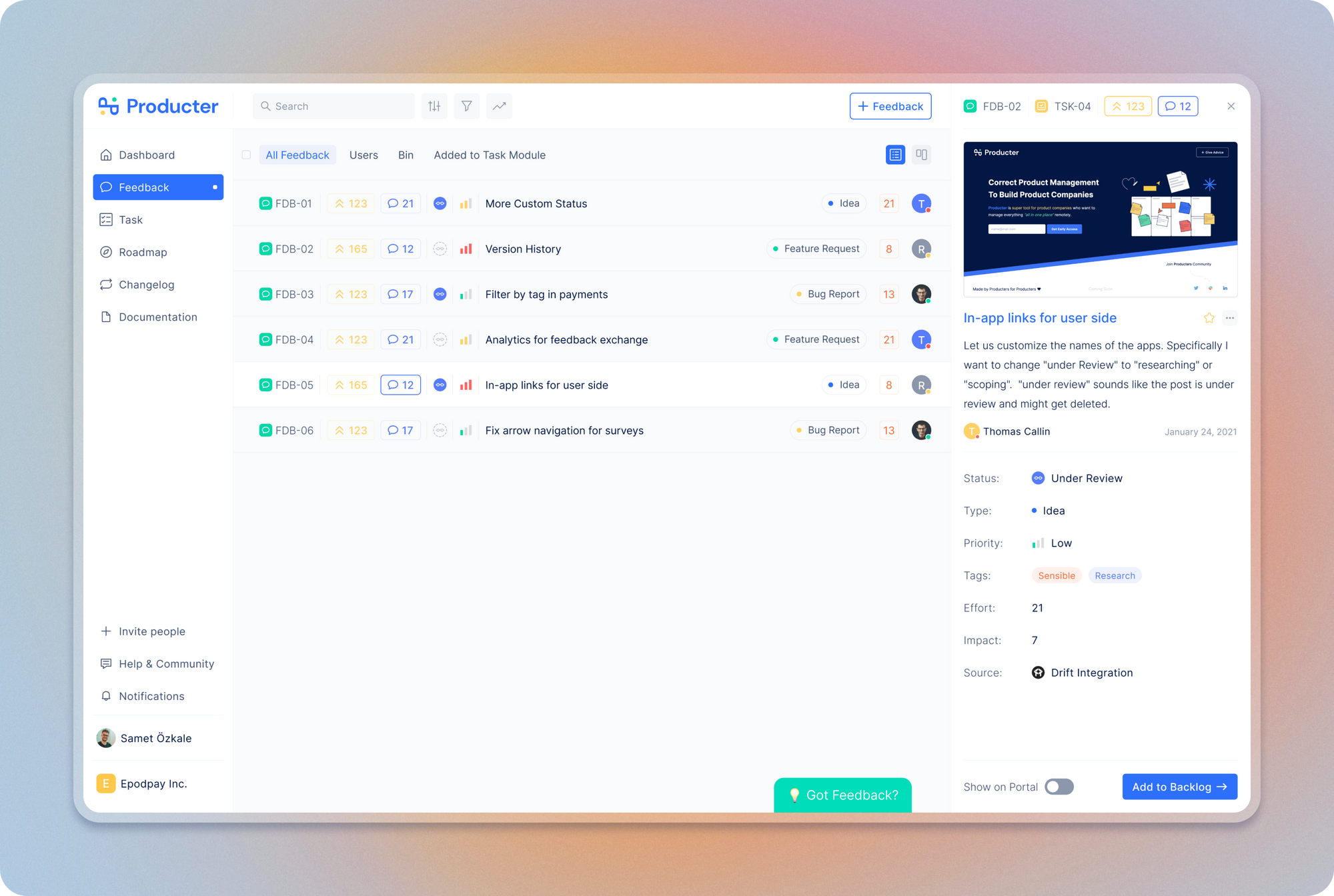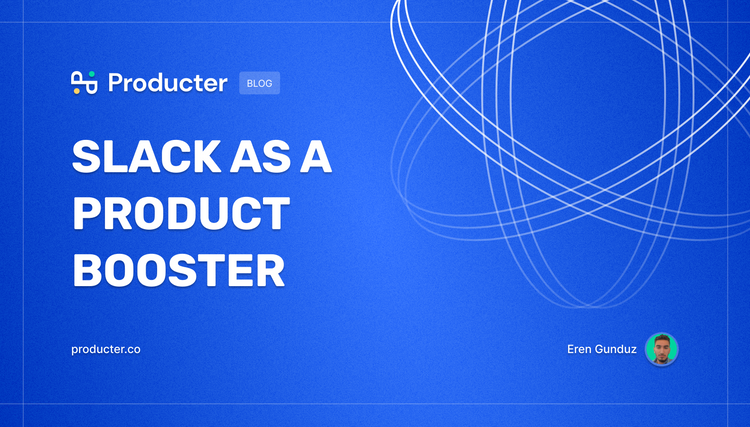The product development cycle is the process of building a new product, from ideation to all the way through launch and beyond. This cycle varies from team to team. Some of the typical stages will include idea generation, research, product definition, prototyping, testing and commercialization.
The product development process is usually led by a product manager. The product manager drives the process and is responsible for bringing all the steps together. However, building a product is not a solo effort. The product development process involves many disciplines. Product managers will collaborate with several non-tech team members in the company. They can be c-suite executives, designers, customer service, sales and marketing representatives.

Why you should include your non-tech team members in the product development process
Stakeholders are people who participate in the product development process on different levels. They can be in technical or non-technical teams in the company. For example, sales and marketing representatives are on the front lines with customers and see first-hand when your product does not have the functions that potential clients are asking for. Customer service representatives are the people who are experiencing pain points and dealing with unhappy customers.
You need to see the stakeholders as equal partners and listen to them. Pay attention to their ideas, concerns and underlying needs. Build strong connections with them. They probably have some good ideas based on their experiences with customers and within their own roles. Their perspectives are invaluable and provide context that you may never acquire on your own. Your process will definitely be more effective if you involve key team members and stakeholders at the right times.
In this article, we’ll cover why your non-tech team members need to be included in the product development process and several tips for including them.
Share projects and roadmaps
Instead of holding separate conversations, you need to bring people together. Create a product roadmap collaboratively and have regular joint product strategy workshops, where the product strategy and roadmap are reviewed and adapted. In that way, the product strategy and product roadmap are collectively owned. It will also help prevent the overlapping of roles by clarifying who is responsible for what.
Involve the key stakeholders in the product discovery and product development process, so that your team understands the bigger picture. If you and your key stakeholders can agree on the product vision and strategic goals upfront, there will be less confusion about product priorities later on.
Show them your process
Your stakeholders may not really understand what happens in the product development process or why. To make sure you and your team are clear on each step in the process, you need to share your product development process.
Take the time to document active projects and share roadmaps with your team members regularly. Document the process somewhere where team members can easily refer to, provide ongoing feedback and ask questions.
Open your process up to your team by identifying the key points where they can add value. Walk them through your own prioritization framework. Explain the metrics you use to track success and how you assess the impact of the projects. When you involve your stakeholders in the prioritization process, they are much more likely to be on your side.
Make sure to create a space for internal feedback
At Producter, we created a dedicated channel for providing feedback. In addition to feedback channels, you should keep customer success, marketing and sales teams in the loop to gather valuable insights from them. Feedback comes in many forms, so it is essential in having a central place to collect and analyze it.

Dive deeper into the root cause of requests
Whether they are a customer representative, salesperson or c-suite executive, when a stakeholder presents an idea, dive deeper to get to the underlying problem that needs to be solved. Genuinely understand the root of the issue and the goals of your stakeholders before trying to find potential solutions. Encourage them to carefully explain their problems and make sure that nothing important slips through the communication cracks.
Encourage team members to use the product
Encouraging the internal utilization of your product is one of the most effective ways to stay in touch with the user experience. However, you need to remember to validate stakeholder requests against customer feedback. If customers don’t care about it, it is your job to push back and resist the stakeholders’ opinions.
Conclusion
Building a trustful relationship with the stakeholders can be hard when people come and go frequently. It is essential to form a stable group of stakeholders and develop it into a stakeholder community where the individuals collaborate effectively and learn to trust, respect and support each other.
If you build strong relationships with your team members through listening, sharing and teaching, you are more likely to achieve the results you both want for your company. Of course, you can’t listen to everyone all the time and you can’t change your plans too often. You need to set proper expectations that their feedback, while heard and valued, may not necessarily be acted upon. This is vital for creating a healthy and productive ongoing relationship with both your technical and non-tech team members.
Producter is a product management tool designed to become customer-driven.
It helps you collect feedback, manage tasks, sharing product updates, creating product docs, and tracking roadmap.

Written by Yagmur Vatangul Colak





